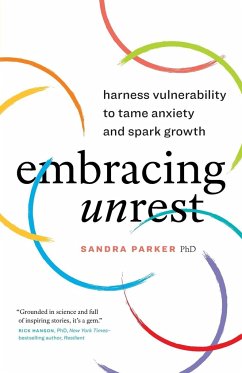
Embracing Sleep Wellness A Family Guide To Transforming Sleep Resistence Into A Nurturing Ritual
Versandkostenfrei!
Versandfertig in 1-2 Wochen
21,99 €
inkl. MwSt.

PAYBACK Punkte
11 °P sammeln!
What are the dos and don'ts for instilling the SuperPower of sleep in your household for the children in your life? Sleep To Live Well Foundation's family guidebook offers advice for everyone who wants to give children of all ages the best possible chance at living a healthy and happy life. It helps ensure children maintain a welcoming, natural relationship with bedtime and sleep. Embracing Sleep Wellness, with 62 pages of insights and encouragement, offers practical advice for children, tweens, teens, and adults in your household. All parents understand the importance of sleep for newborns an...
What are the dos and don'ts for instilling the SuperPower of sleep in your household for the children in your life? Sleep To Live Well Foundation's family guidebook offers advice for everyone who wants to give children of all ages the best possible chance at living a healthy and happy life. It helps ensure children maintain a welcoming, natural relationship with bedtime and sleep. Embracing Sleep Wellness, with 62 pages of insights and encouragement, offers practical advice for children, tweens, teens, and adults in your household. All parents understand the importance of sleep for newborns and infants. However, as time passes and life gets busy, sleep often takes a back seat. This guide, filled with advice, support, and encouragement, summarizes the insights Dr. Roger Washington has shared with his patients over the course of 35 years of family care. It demonstrates how to naturally prioritize Sleep Wellness, turning bedtime into an appointment that children will eagerly anticipate. The guide addresses various challenges that can interfere with sleep wellness and provides strategies to overcome them:Children may resist bedtime, causing parents to overlook the importance of sleep at every stage of development. Parents may unintentionally model poor bedtime habits they learned during their childhood. Children of different ages have different bedtimes and sleep needs, which can complicate sleep routines.












